Success in the second half
25 May 2022
High fertiliser and feed costs strengthen the argument for making the most of homegrown forage, given decent milk prices. So how do you get the best from silage crops in the second half of the year?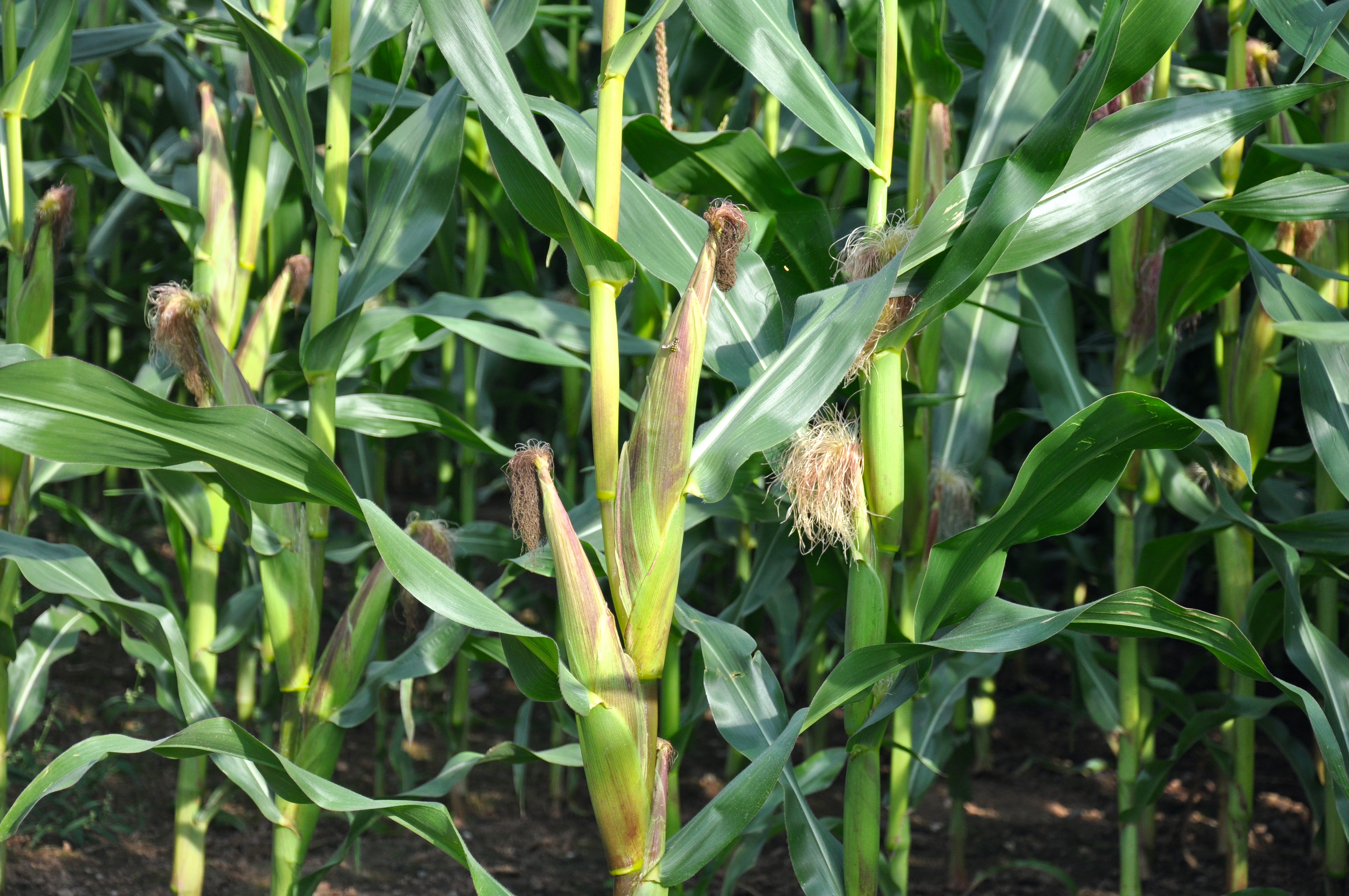
The middle of the year is pivotal for assessing where you are with silage, says Volac forage
expert, Peter Smith.
Will you have enough? How is quality looking? And how might you need to manage remaining cuts? All are key questions, he says.
“There are two reasons to conserve silage well,” says Mr Smith. “Firstly, because better
silage puts you in a stronger position to reduce purchased feed requirements. But secondly, you have already invested in growing silage crops, so don’t let their feed value slip away.”
To help, Mr Smith outlines techniques for capturing maximum quality and quantity from
silage crops over the rest of the season. 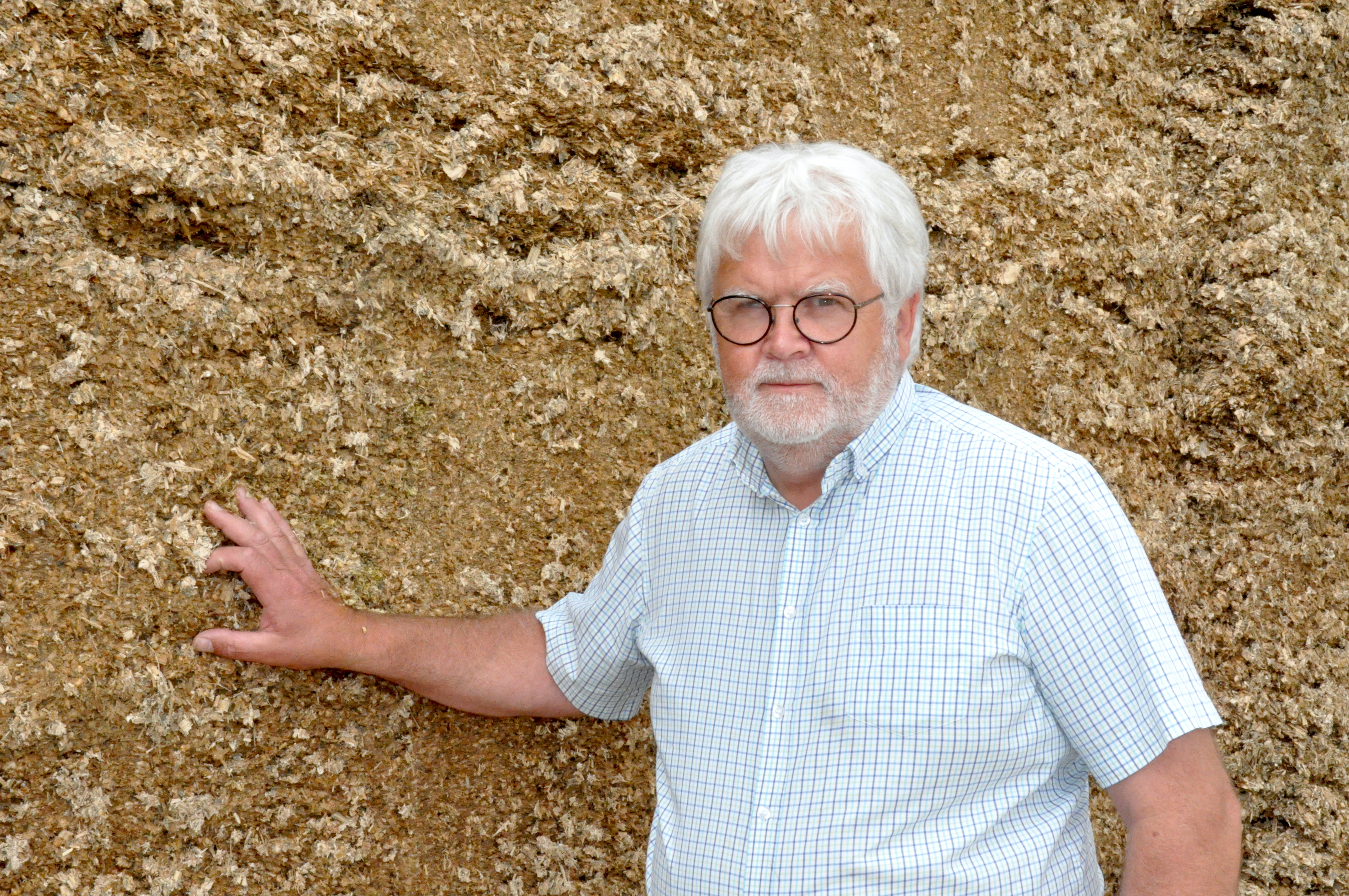
Grass silage
Grass has done most of its growing by mid-year, says Mr Smith, so if you need extra bulk
from later cuts to offset earlier shortfalls, there’s a diminishing opportunity and less margin for error.
“Second or third-cut grass is sometimes regarded as less important than first-cut. But there’s a lot of potential in these cuts. Autumn grass may be more difficult to wilt, but it can be high in energy and protein. Also, don’t overlook the value of having decent silage for dry cows or youngstock.
If short on silage, don’t cut grass too low as this will delay regrowth, which reduces later yields, and risks introducing undesirable microbes, which cause losses in dry matter (DM).
Key with summer cuts, says Mr Smith, is to remember they head quickly. After heading
digestibility falls by about 0.5%/day and a 3.6 D unit reduction requires 1.5 kg/day more
concentrate for a dairy cow, he says, so timing of mowing is key.
Also, be careful not to over-wilt. Over-wilting increases in-field sugar and protein losses, and dry silage is difficult to consolidate, which increases risks of aerobic spoilage (heating). Wilt to 28-32% DM in the shortest possible time.
To conserve DM and nutrients, Mr Smith says an efficient fermentation is key. Undesirable
microbes in silage feed mostly on sugars and proteins, he says, and some compounds
produced by bad bacteria make silage less palatable.
“Cutting at the optimum time, rapid wilting and effective consolidation will help, but
dominating the fermentation with beneficial bacteria from a proven additive remains
important. 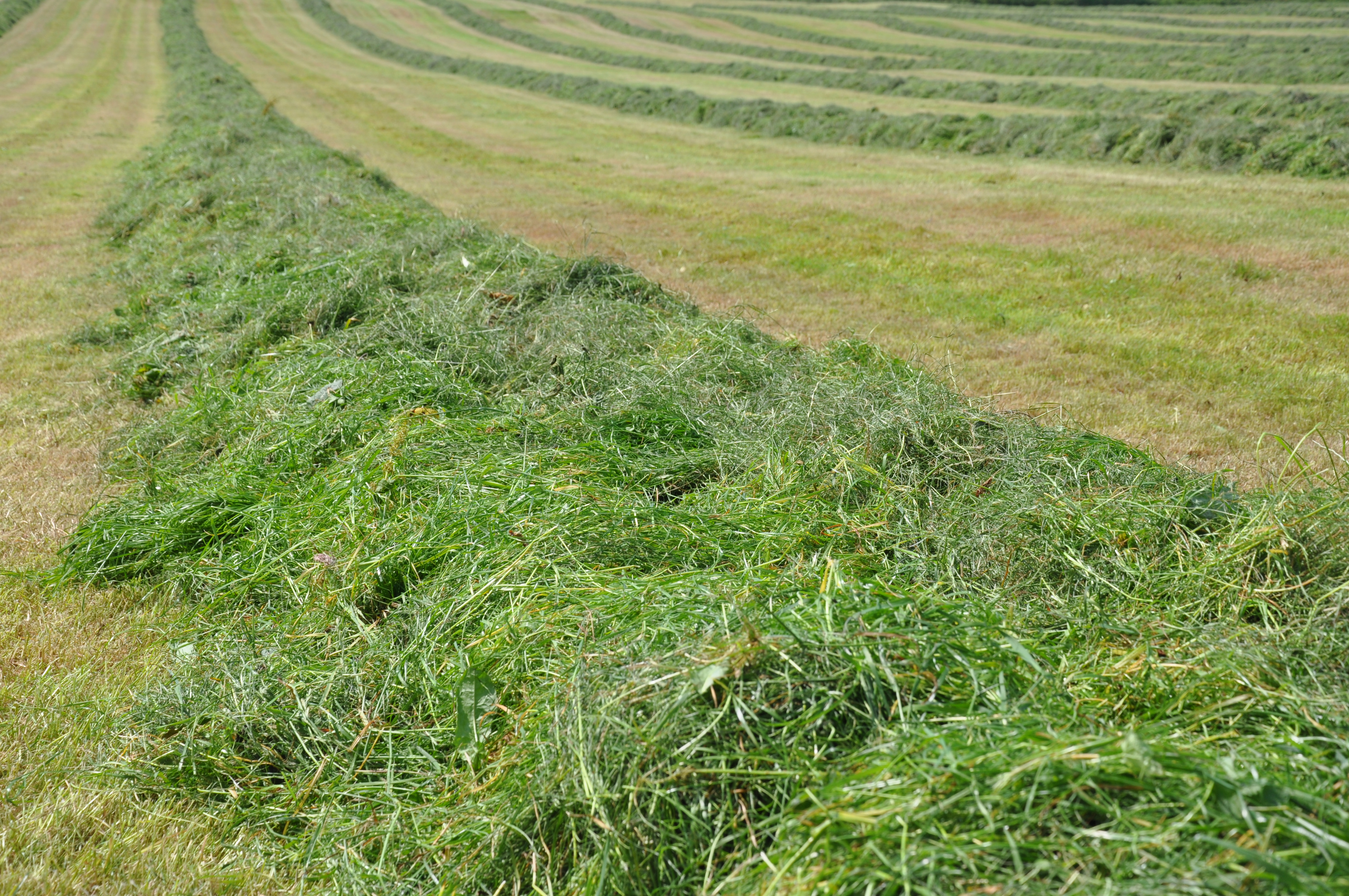
“Ecosyl, for example, delivers 1 million beneficial Lactiplantibacillus plantarum MTD/1 bacteria
per gram of forage treated and results in rapid production of lactic acid, which quickly inhibits undesirable bacteria.
In research, Ecosyl has halved DM losses in grass silage, with the resulting silage also more digestible, which means more energy for milk production. Across a range of forages,
cows fed silage conserved with Ecosyl yielded on average 1.2 litres more milk/cow/day.
Wholecrop cereals
A big benefit of wholecrop cereals, says Mr Smith, is you can adjust the DM level they are
harvested at according to your needs.
Most farmers preserve wholecrop by fermentation as a straightforward and cost-effective method. Fermented wholecrop can be made between 30-60% DM. However, you are more likely to need a dual-acting additive, such as Ecocool or DA Ecocorn, with wholecrop – to both aid the fermentation and keep it aerobically stable and cool.
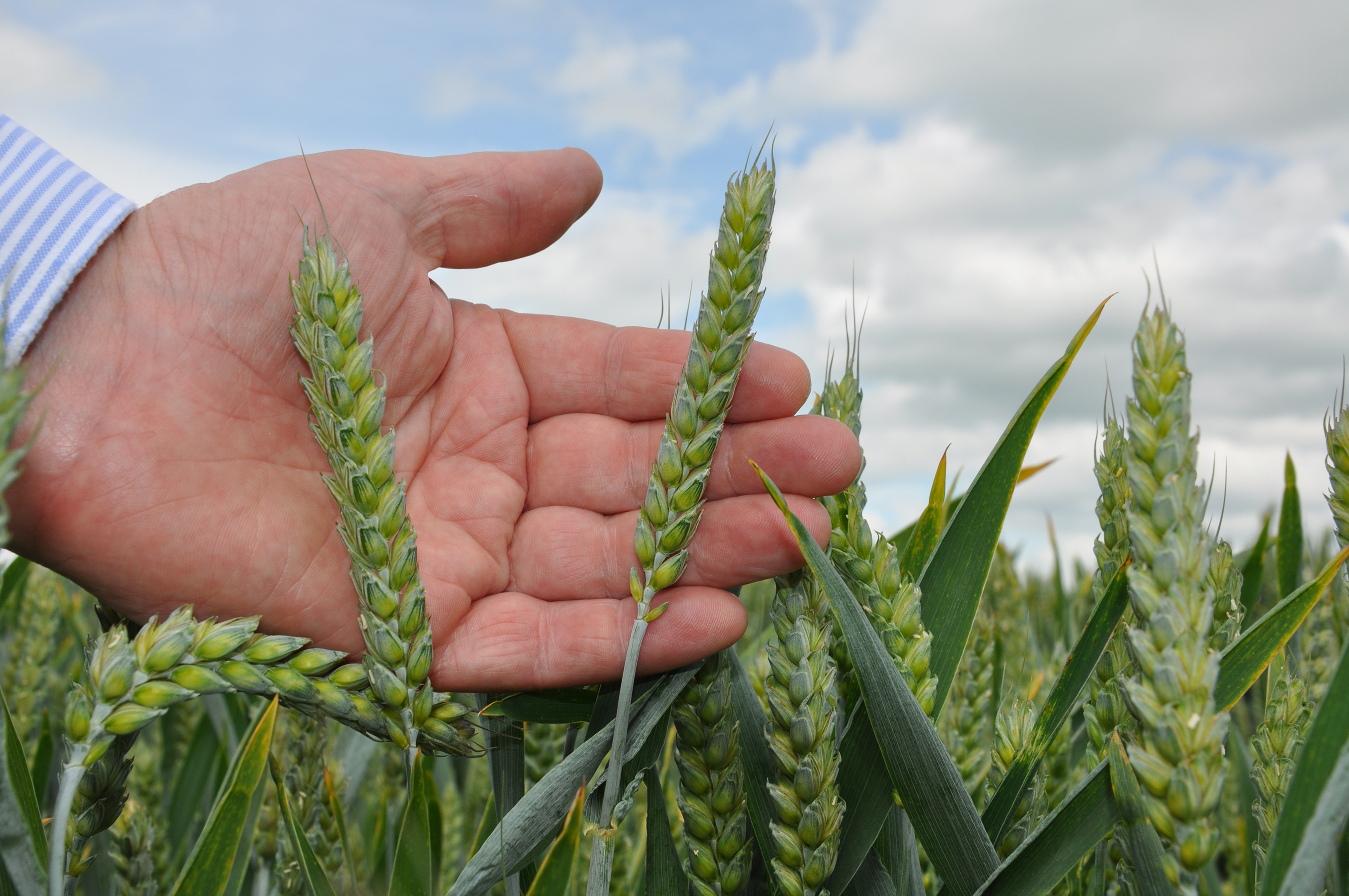 Harvesting at 30-40% DM
Harvesting at 30-40% DM
If you need to make up for low grass yields, harvesting wholecrop at 30-40% DM offers the maximum amount of fresh weight, says Mr Smith, although not DM yield. “Wholecrop in this %DM range is lower in starch and often fed to dry cows and youngstock. At these %DMs it can be harvested without specialist equipment – using a wholecrop header, or by mowing before harvest without the conditioner turned on.”
Harvesting at 40-50% DM
A more common %DM range, this offers a similar fresh weight yield, says Mr Smith, but
more starch, making it useful for reducing starch-based concentrates and for animal
performance.
“Harvesting in this % DM range offers a nice balance between starch content versus sugars and moisture for fermentation. However, because the crop is drier, it becomes more difficult to keep cool and stable, so a dual-acting additive is particularly important. Placing 2-3ft of consolidated fresh grass on top in the clamp can also help.
At harvest, a wholecrop header is required and a grain cracker may also be needed above 45% DM to prevent intact grains passing through the cow, unless the crop is undersown, which can increase moisture enough to soften the grain.
Harvesting at 50-60% DM
Harvesting at 50-60% DM will increase starch levels further and increase “scratch factor” as the crop becomes more fibrous, says Mr Smith, making it useful for higher production
animals, especially if other forages are low in fibre.
Because the crop is now even drier, it becomes more difficult to consolidate. Clamps should always be filled in layers no more than 10-15cm deep, but at this %DM this is critical. Again, consolidated grass over the top is good practice, and an additive against heating is vital, as is a grain cracker on the harvester.
Forage maize
Maize crops should be well-established by now, but forward planning for harvest will help to ensure maximum feed value, says Mr Smith.
“The issue with maize is that there are plenty of ‘bad bugs’ that are waiting to feast on its
DM, sugars and starches in the clamp.
Dying leaves at harvest and decaying material trapped in leaf joints are breeding grounds for undesirable microbes, which pose a challenge to the fermentation. Meanwhile, fungal contamination can make maize silage less palatable and can cause mycotoxins. To reduce bad bugs, minimise the number that get into the clamp in the first place, then inhibit any that do.
As well as scrupulously removing old, infected silage from clamps, Mr Smith says maize
must be harvested at the correct stage.
“Modern maize varieties tend to reach the optimum 30-33% harvest DM while still green.
Late harvesting risks dead foliage and mould growth. Also, higher %DM crops are difficult to consolidate, leaving them prone to heating losses from yeasts and moulds growing in the presence of air.”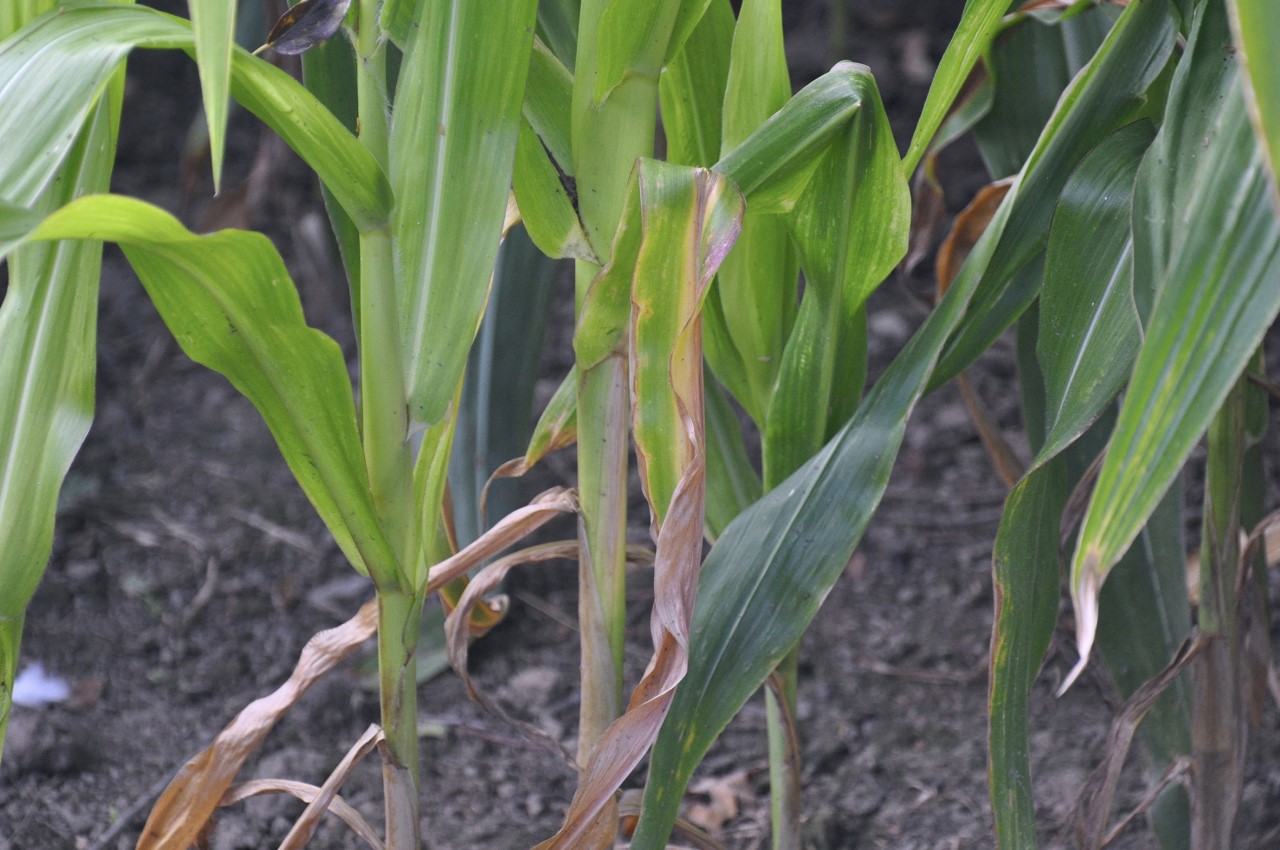
As with wholecrop, Mr Smith says there is a strong argument for the dual-acting Ecocool
additive with maize silage. Other steps for reducing heating include chopping to the correct
length to aid consolidation, typically 1.5–2 cm, and keeping clamps airtight using side sheets and an oxygen barrier film beneath the top sheet.
“Maize should be consolidated to at least 0.7 tonnes of fresh weight per cubic metre. As well as weighting the clamp, protect it against birds pecking through the sheets and letting in air.”